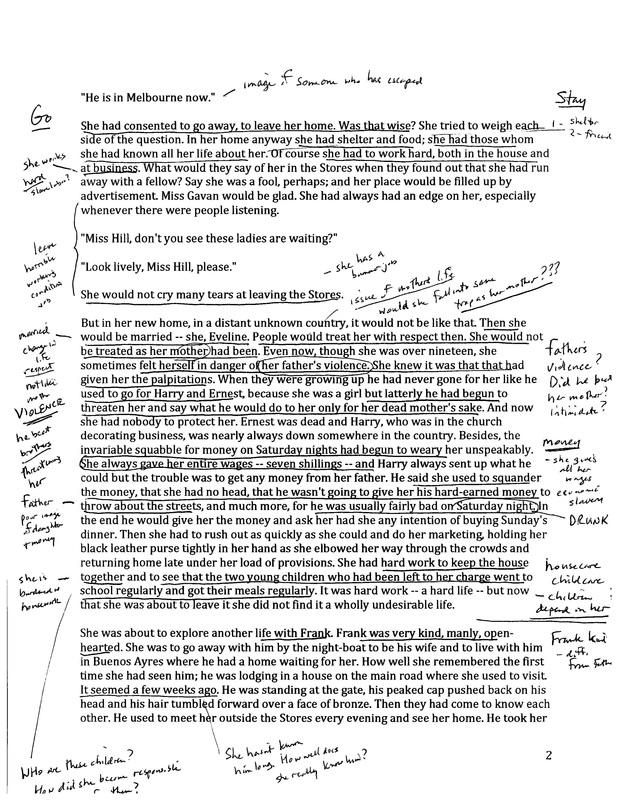

They find their hypothesis strongly supported in young females, while the effects were fewer in studies of young males. The authors, researchers at the Rand Corporation and Brown University, use data from the National Longitudinal Surveys of Young Women and Young Men to test their hypothesis that nonfamily living by young adults alters their attitudes, values, plans, and expectations, moving them away from their belief in traditional sex roles. Nonfamily living and the erosion of traditional family orientations among young adults. For a review of recent cultural studies work on the figure of the vampire that argues that its current popularity, with both the cultures that represent and the post-modern critics who study it, resides in the vampire’s representation of “racial and sexual mixing,” see Shannon Winnubst, cited below.Ĭlick here to see what a descriptive annotation for this same book would look like.

Although useful as a source for broad historical background, this work does not fully address the issue of the vampire's cultural significance. Contains a chapter on the vampire in literature and a bibliography of both true and fictitious vampires. Includes case histories, ancient accounts, an anthropological-type survey of various nations, asides on premature burial, necrophilia, and various perverse and antisocial acts. "The first serious study in English of the Vampire, and kindred traditions from a general, as well as from a theological and philosophical point of view." Concludes that "it is hard to believe that a phenomenon which has so complete a hold over nations both old and young, in all parts of the world, at all times of history, has not some underlying and terrible truth however rare this may be in its more remarkable manifestations." The study covers appearance, characteristics, causes for, feeding habits of, and precautions to be taken against. The Vampire, His Kith and Kin. New York: Dutton, 1929. The article clearly illustrates London's points, but does not explore their implications, leaving the reader with many unanswered questions.Ĭlick here to see what a descriptive annotation for this article would look like. He doesn't refer to any previous works on the topic however, for a different point of view, one should refer to Joseph Patterson's "Television is Truth" (cited below). London's style and vocabulary would make the article of interest to any reader. His examples have been selected to contradict such truisms as: "seeing is believing" "a picture is worth a thousand words" and "satisfaction is its own reward." London uses logical arguments to support his ideas which are his personal opinion. He uses specific examples of events seen on television, such as the assassination of John Kennedy, to illustrate his points. Herbert London, the Dean of Journalism at New York University and author of several books and articles, explains how television contradicts five commonly believed ideas.


 0 kommentar(er)
0 kommentar(er)
